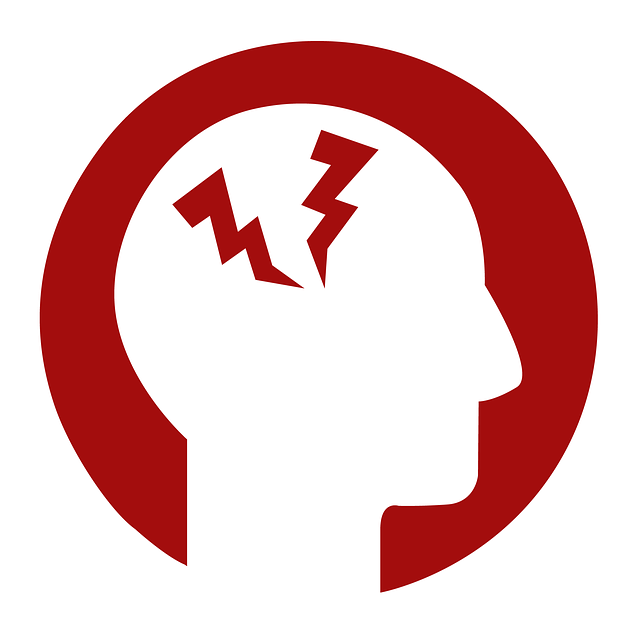Within 10 minutes of starting my online workshop last week, the contractors (or owners, who knows) in the unit below mine (who also decided to violate the law by hammering and making noise on Sundays), decided to start hammering away at their ceiling for goodness knows what reason.
That means that my entire house is filled with their noise.
Since this has been occurring on and off over the past few weeks, I searched for a solution a few days before my online workshop was to start.
And I found it.
I can’t quite remember what my search terms were, but I stumbled upon this application and, after looking through their information, it seemed a little too good to be true.
Nevertheless, they have a free account option that doesn’t expire.
So, I thought I’d give it a whirl. After a simple set up, which they guide their users through, I tried it out and made some ambient noise while speaking into my microphone, like snapping my fingers close by, playing music in the background, etc.
And Krisp filtered it all out. All I could here in my recording was my voice.
Astounding.
But could it actually filter out construction noise? What if it was close by?
I didn’t know for sure while the noise was happening, because I can’t hear the output of my microphone directly.
So, when the workshop ended, I feared the worst, but I went ahead and played the recording anyway.
There was no background noise, except for a short period of time when the noise was loudest and occurring literally under my feet.
Through the microphone, it sounded faint. If you weren’t listening for it, you’d think someone was merely lightly tapping the microphone while it was recording, and not for very long.
Since the vibrations through the floor were so loud and strong, it likely vibrated through the table and “tapped” on the microphone.
Other than that, no discernible background noise whatsoever.
I was impressed.
You can be sure that I immediately went and told other people I knew who were regularly conducting online meetings and workshops.
The free account gives you 4 hours of “filtering” per week, which is currently enough for me.
If you want to upgrade to an unlimited use account, it’s a mere $5 a month. Honestly, it’s a steal.
So, if you have to be online constantly but can’t quite get a quiet place, this might be an excellent solution for you. Go check it out.








